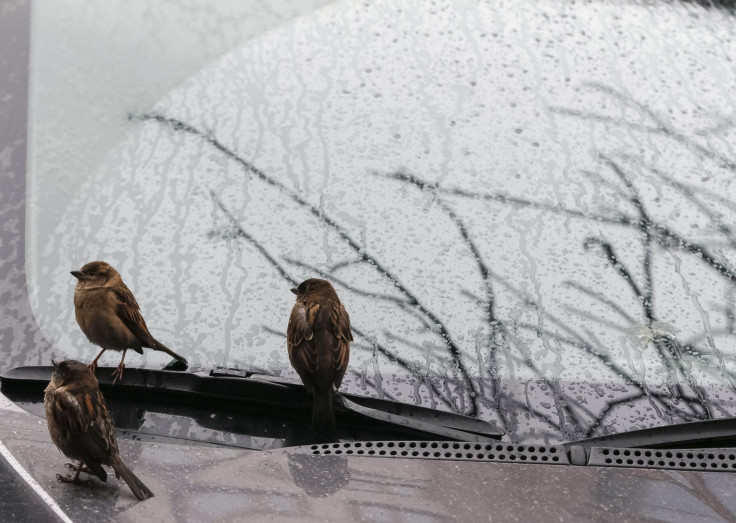Super-sense and ultraviolet vision of birds unlock a hidden world

New study has revealed how certain birds like sparrows and finches have the ability to see a visual world hidden to human eyes. Birds can generally be divided into those that can see ultraviolet (UV) light and those that cannot. The ones that can live in a sensory world apart are able to receive and transmit signals between each other in a way invisible to species.
The study, published in journal eLife, has revealed how these birds unlock the extra dimension via two essential adaptations enabling them to expand their vision in the UV range. These two adaptations are tuning of light-sensitive proteins called opsins and chemical changes in light-filtering pigments called carotenoids.
“There are two types of light-sensitive cells, called photoreceptors, in the eye: rods and cones. Cone photoreceptors are responsible for colour vision. While humans have blue, green, and red-sensitive cones only, birds have a fourth cone type which is either violet or UV-sensitive, depending on the species,” Joseph Corbo, senior author, MD, PhD and associate professor of Pathology and Immunology, said in a statement.
The scientists said birds acquire carotenoids through their diets. Then they process them in different ways so as to shift their light absorption toward longer or shorter wavelengths. The researchers used computational models to analyse how the pigments affect the colours birds can see. They characterised the carotenoid pigments from a group of birds that have violet vision compared to birds in a group with UV vision.
The study also revealed that in order to allow for optimum vision, sensitivity of the violet or UV cone and blue cone in birds must move in sync. There is a strong relationship between mechanisms within the blue cone and light sensitivity of opsins within the violet/UV cone. These must co-ordinate to ensure an even UV vision.
The results suggest both violet and blue cone cells adapted during evolution to enhance colour vision in birds.
“The majority of bird species rely on vision as their primary sense, and colour discrimination plays a crucial role in their essential behaviours, such as choosing mates and foraging for food. This explains why birds have evolved one of the most richly endowed colour vision systems among vertebrates,” said postdoctoral fellow at the Washington University School of Medicine and first author, Matthew Toomey.






